- Home
- Blog
- Microsoft SCCM
- System Center Configuration Manager (SCCM) Inventory

- SCCM 2012 R2 Installation
- SCCM Certification
- SCCM Deployment
- SCCM Interview Questions
- SCCM Latest Version
- SCCM Overview
- SCCM Tutorial
- What Is SCCM?
- System Center 2012 R2 Configuration Manager Toolkit
- Bigfix Vs SCCM
- SCOM vs SCCM - What’s the Difference?
- SCCM Features and Benefits
- Best SCCM Tools
- SCCM vs WSUS
- How to Install SCCM on Windows?
Microsoft Windows Users use SCCM Inventory to identify the vulnerabilities and deploy the system updates. SCCM Inventory is classified into two categories: 1) Software Inventory 2) Hardware Inventory. We use Hardware Inventory for collecting data about Hardware configuration and Software Inventory to collect data of software configuration.
As per Glassdoor.co.in, the average salary of an SCCM Administrator in the US is around $83K per annum. So, it's good to develop and learn that skill and progress. If you want to learn SCCM, Join our Microsoft SCCM Training. In this SCCM Inventory blog, you will learn how SCCM Inventory resolves hardware and software configuration issues. Before we start, let us look at what we will be discussing in this article:
| Table of Content - SCCM Inventory |
How to configure & Manage SCCM Inventory
What is Hardware Inventory
Hardware inventory collects the data about the hardware configuration of the virtual machines in the SCCM console. For activating the hardware inventory, go to the client settings and select the “Enable Hardware Inventory” in the client box to activate the hardware inventory. After activating the hardware inventory and executing the hardware inventory cycle, the client transmits the information to the management point of the client’s site.
How to configure software inventory in SCCM
Configuring the Software Inventory is a process of configuring the default client settings and applying them to all the systems of our hierarchy. After configuring, the client agent retrieves the data from the files by inventorying the header file data.
SCCM Software Inventory
For obtaining intelligence about the files on the client devices, we utilize software inventory. Software Inventory can analyze and record files from the client device's on-site servers. When we select “Enable Software Inventory” on the client's settings, software inventory is collected. In the client settings, we can schedule the operation.
When we follow the technology inventory and clients execute the software inventory cycle, the data is transmitted to the management point on the client's site. The inventory information is then dispatched by management point to the configuration manager site server, which saves it in the database.
How to setup SCCM Software Inventory
We utilize software inventory for collecting information about the clients on the client’s devices. The Information can be a particular file, files with a specific extension, or all the files on the computer. Moreover, Software inventory can also collect the files from the client devices and save them on-site server. If we allow it to order the files, we may observe CPU utilization and disk activity rise.
After enabling the software inventory, the client executes a software inventory cycle. The client sends the information to the management point on the client’s site. Management point then dispatches inventory information to the SCCM site server. The SCCM site server stores the information in the site database.
When the software inventory runs on the client device, the first report is a complete inventory. In the subsequent run, reports include only the delta inventory information. The site server processes the delta information in the order it is received. If the delta information for the client is lost, the site server declines the delta information and directs the client to run the complete inventory.
Setup SCCM software inventory by opening SCCM Console, choosing “Administration” node, and then “client settings.”
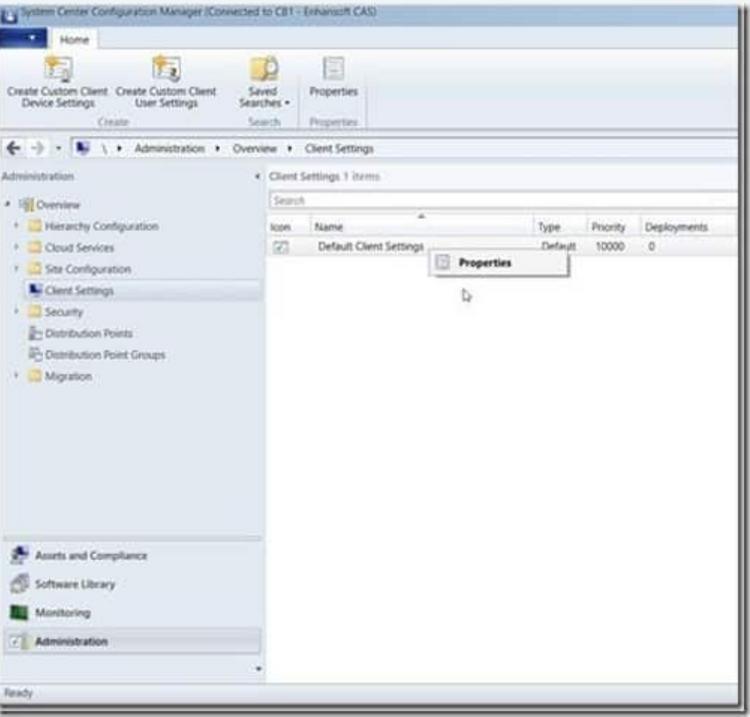
Right-click on the “Default Client Settings” and next press on the “properties” option.

In Default settings, choose the “Software Inventory” node; now, press the “Schedule” button.
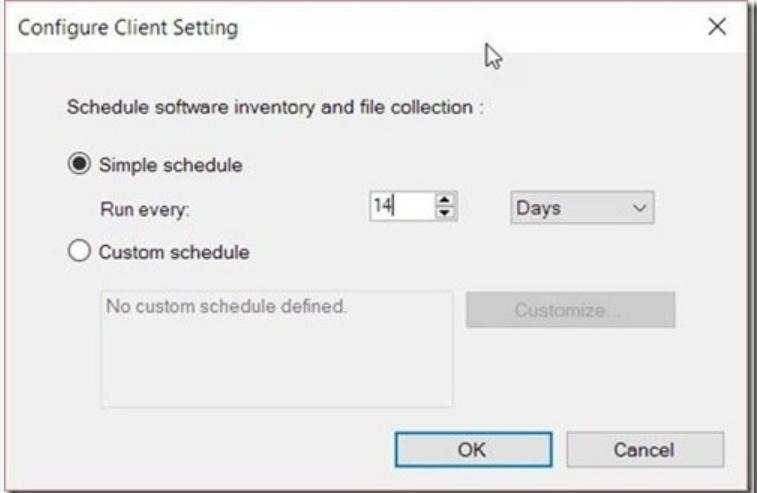
In the “configuration client settings” window, modify the “Run every” option to the “Fourteen days” and then press the “OK” button for accepting the new string.

In the “Default Settings” window, press the “Set Types” button.
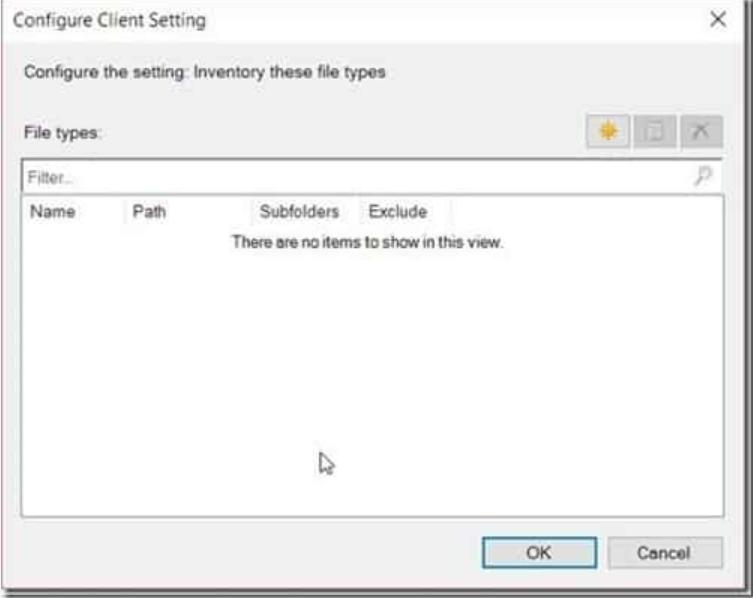
In the “Configure Client Settings” window press the new button.
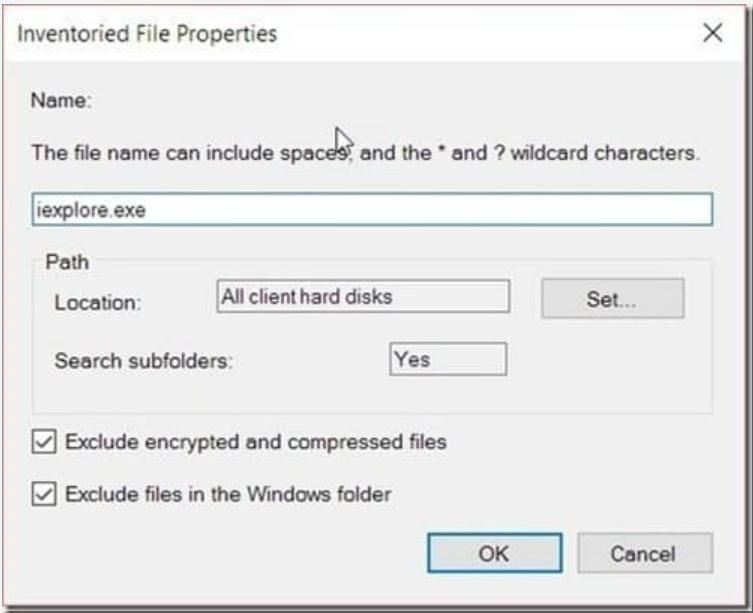
In the “Inventoried File Properties” window, type “iexplore.exe” in the file text box. Next, press on “Set” button.
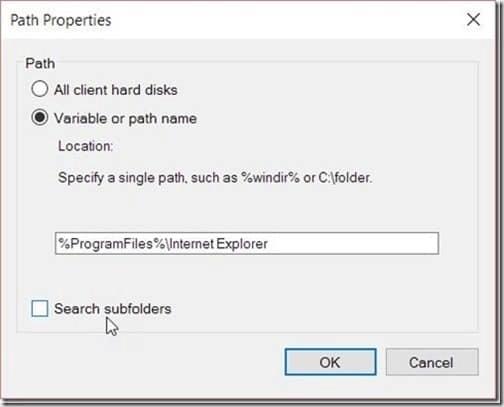
In the “Path Properties” window, choose the “variable” or “pathname” option. In the text box, type “%Program Files%\Internet Explorer.” Then, unselect the “Search Folders” checkbox before pressing the “OK” button twice.
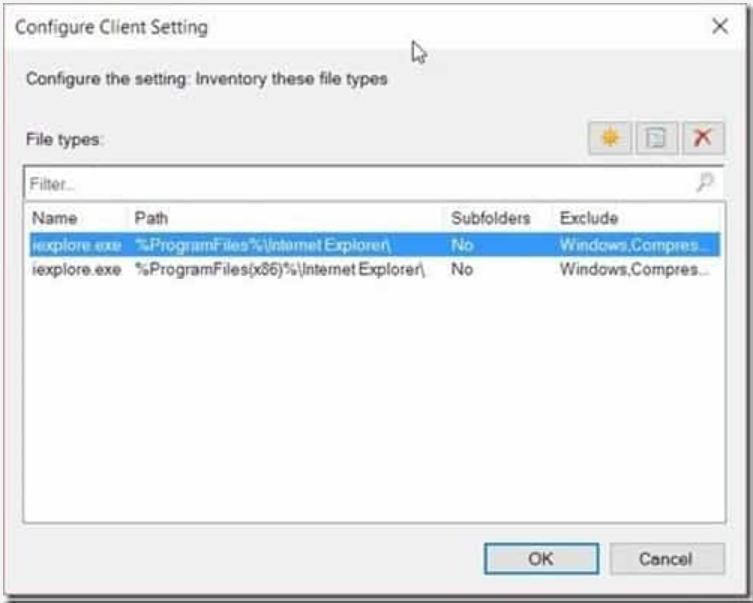
Repeat the above step for adding the second “iexplore.exe” in the “%ProgramFiles(x86)%\Internet Explorer” folder. Your results should be similar to the above image. Press the “OK” button to apply these settings.

In the Default settings window, press “OK” to apply all the modifications.
Manage SCCM Inventory with Granularity
Microsoft SCCM solution is suitable for the IT teams to gather the software inventory data, yet it does not enable users to handle and inspect that data dynamically. Through Solarwinds Patch Manager, IT admins utilize granular management capabilities for inspecting the software. We use path managers for simplifying the notifications, synchronizing devices, deploying inventory cycles, etc. Moreover, the patch management dashboard filters the views of our existing IT environment and updates, enabling you to get more visibility into the systems. Thus, we can make the best decisions for updating, licensing, and patching.
Enhance Software Health with SCCM Asset Inventory
SCCM File Inventory can deliver client health data, yet without the SolarWinds Patch Manager extension pack, we cannot thoroughly diagnose and handle any issues that emerge in our software. The patch manager allows us to repair and analyze the software issues more rapidly and efficiently - whether you are working in the cloud or on the local enterprise network. Patch Manager simplifies it by enabling us to mend and diagnose problems using a single interface. Patch Manager is also useable for handling windows management instrumentation and windows update agents on the managed clients in the network.
Choose the robust and reliable SCCM Software Inventory Management tool
Patch Manager is the most powerful and dependable SCCM Software Inventory Management tool.
- Through Patch Manager, we can fetch in-depth visibility for efficient software monitoring.
- Incorporate Patch manager with the SCCM in a method that suits our enterprise.
- Utilize insights of Patch Manager on your software health for making better decisions.
Conclusion
SCCM Inventory handles Hardware and Software configuration on Microsoft Windows platforms. Hardware Inventory deals with hardware configuration and software inventory deals with software configuration. I hope this SCCM Inventory blog provides you with the required information about SCCM Inventory.
If you have any queries, let us know by commenting below.
 On-Job Support Service
On-Job Support Service
Online Work Support for your on-job roles.

Our work-support plans provide precise options as per your project tasks. Whether you are a newbie or an experienced professional seeking assistance in completing project tasks, we are here with the following plans to meet your custom needs:
- Pay Per Hour
- Pay Per Week
- Monthly
| Name | Dates | |
|---|---|---|
| SCCM Training | Dec 13 to Dec 28 | View Details |
| SCCM Training | Dec 16 to Dec 31 | View Details |
| SCCM Training | Dec 20 to Jan 04 | View Details |
| SCCM Training | Dec 23 to Jan 07 | View Details |

Madhuri is a Senior Content Creator at MindMajix. She has written about a range of different topics on various technologies, which include, Splunk, Tensorflow, Selenium, and CEH. She spends most of her time researching on technology, and startups. Connect with her via LinkedIn and Twitter .


